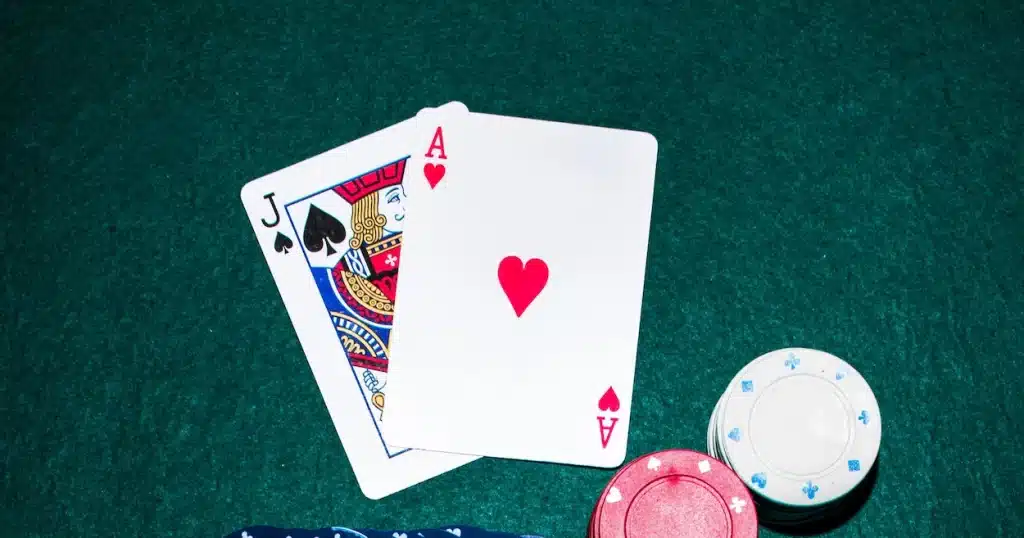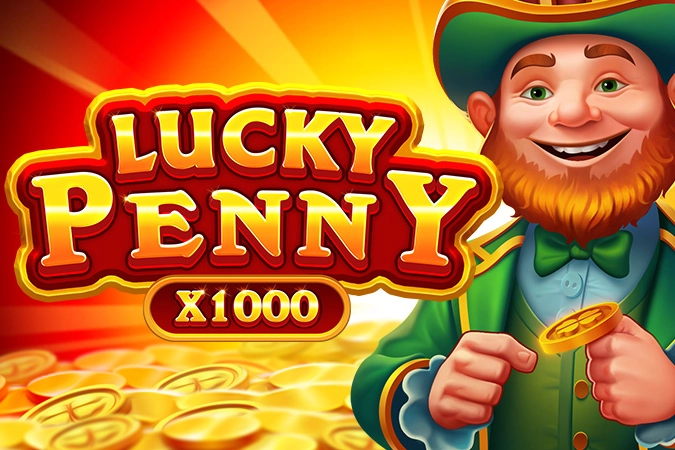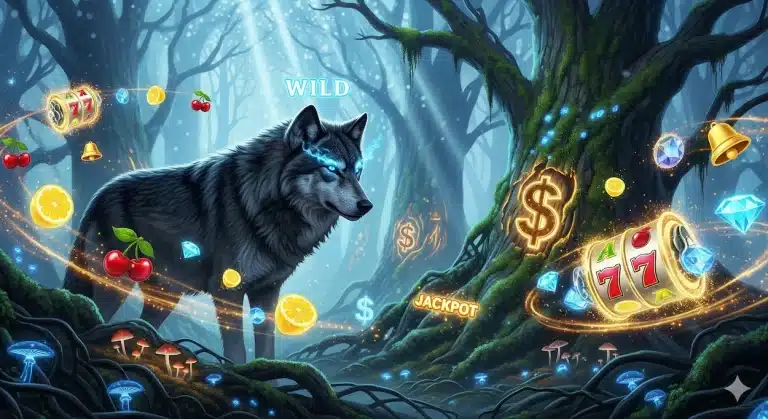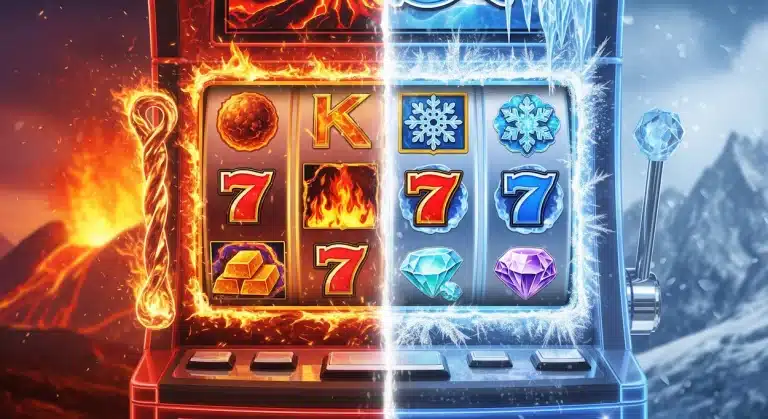Blackjack is a game of skill and strategy, but before you can master the more advanced techniques like basic strategy or card counting, you need to understand the fundamental building blocks of the game: the card values. Knowing what each card is worth is not just about adding up a total; it’s about making smart decisions that can mean the difference between winning and losing. This guide will walk you through the value of every card in a standard deck and explain how these values impact your play.
The Number Cards (2 through 9)
This is the easiest part of the game to understand. All cards from 2 through 9 are worth their face value. A 2 is worth 2 points, a 5 is worth 5 points, and a 9 is worth 9 points. Simple as that. These cards form the bulk of the deck and are the foundation for building your hand.
The Face Cards and 10s
This is where things start to get a little more interesting. The 10, Jack, Queen, and King all have a value of 10. These cards are the most common high-value cards in the deck, and their abundance is a key factor in blackjack strategy. They are crucial for creating a strong hand and are especially important for forming a “blackjack” or a “natural 21” (an Ace and a 10-value card).
The Ace: The Most Versatile Card
The Ace is the most powerful and versatile card in a deck of blackjack. It can be counted as either 1 or 11 points, whichever is more beneficial to your hand at that moment. This dual value is what creates “soft” hands, which are hands that contain an Ace counted as 11 without the total exceeding 21.
- Soft Hands: A hand with an Ace counted as 11 is called a soft hand. For example, an Ace and a 6 is a “soft 17.” The “soft” part means you can hit and take another card without the risk of busting, because if the new card makes your total go over 21, you can simply change the Ace’s value from 11 to 1. A soft hand gives you flexibility and a chance to improve your hand.
- Hard Hands: A hand that doesn’t contain an Ace, or contains an Ace that must be counted as 1 to avoid busting, is called a hard hand. For example, a 10 and a 7 is a “hard 17.” A hard 12 is a 10 and a 2. There is no flexibility with hard hands. If you hit a hard 12 with a 10-value card, you will bust.
How Card Values Affect Your Decisions
Understanding card values is the first step to making strategic decisions at the blackjack table. Here’s a quick overview of how they impact your game:
- Hitting vs. Standing: Knowing your hand’s total value is crucial for deciding whether to “hit” (take another card) or “stand” (keep your current hand). For example, if you have a hard 16, hitting is risky because there are so many 10-value cards in the deck that could make you bust.
- Doubling Down: When you double down, you double your bet in exchange for receiving only one more card. This move is most effective when your hand has a high probability of ending up as a strong total, typically with hands like a hard 11, which gives you a great chance of getting a 21 with the next card.
- Splitting Pairs: If you are dealt two cards of the same rank, you can “split” them into two separate hands. The value of the cards is what determines whether this is a good idea. For example, splitting two 8s is a great move, as it turns a weak hand (hard 16) into two potentially strong ones. On the other hand, splitting two 10s is a bad move, as you’re breaking up a very strong hand (hard 20).
Summary
The value of the cards in blackjack is straightforward, but it forms the foundation of all your strategic decisions. Remember:
- 2-9: Face value
- 10, J, Q, K: 10 points
- Ace: 1 or 11 points
By understanding these values and how they impact your hand, you’ve taken the most important first step toward becoming a more confident and successful blackjack player.







